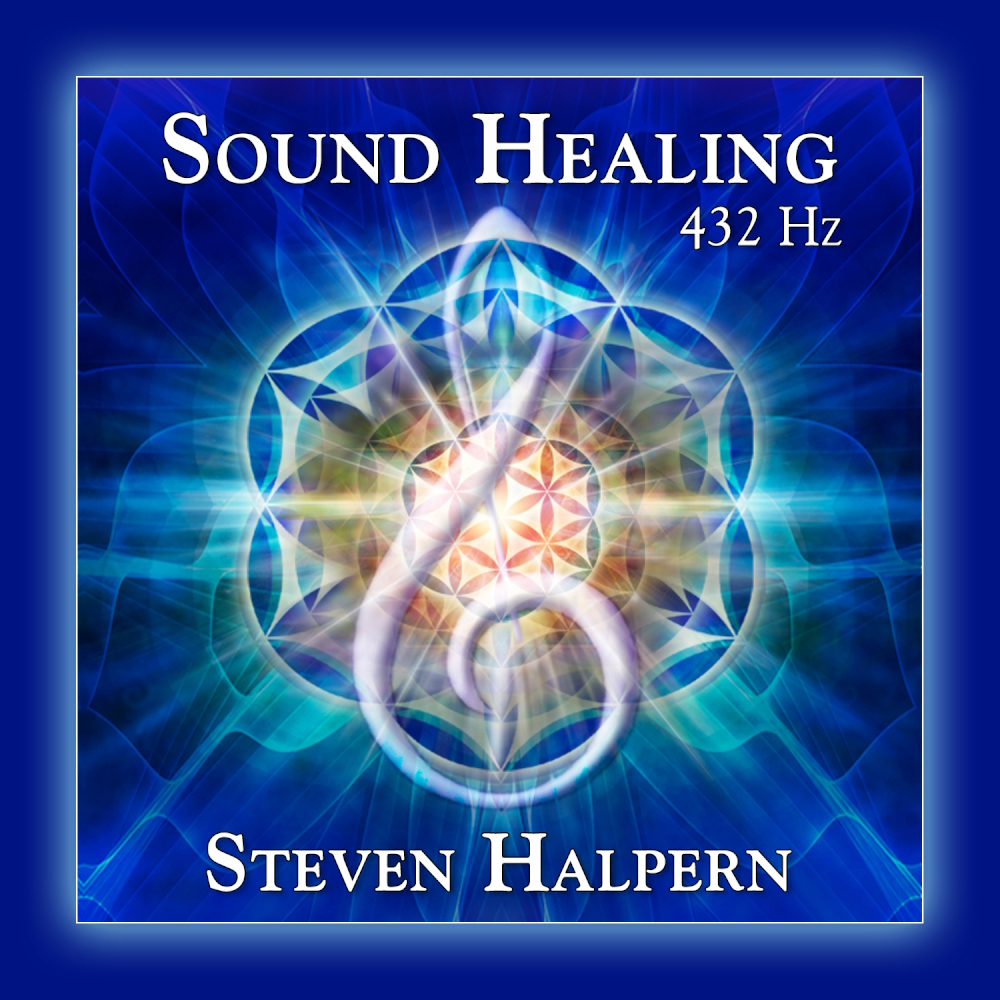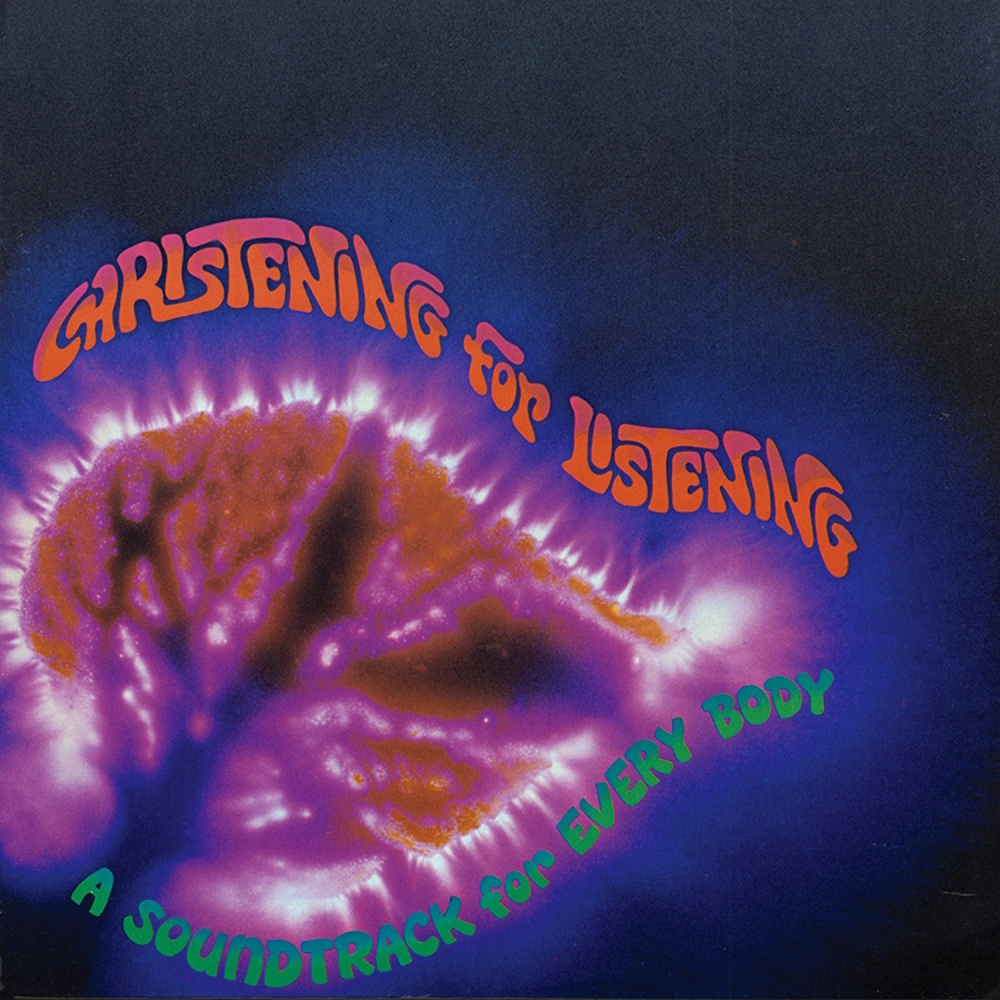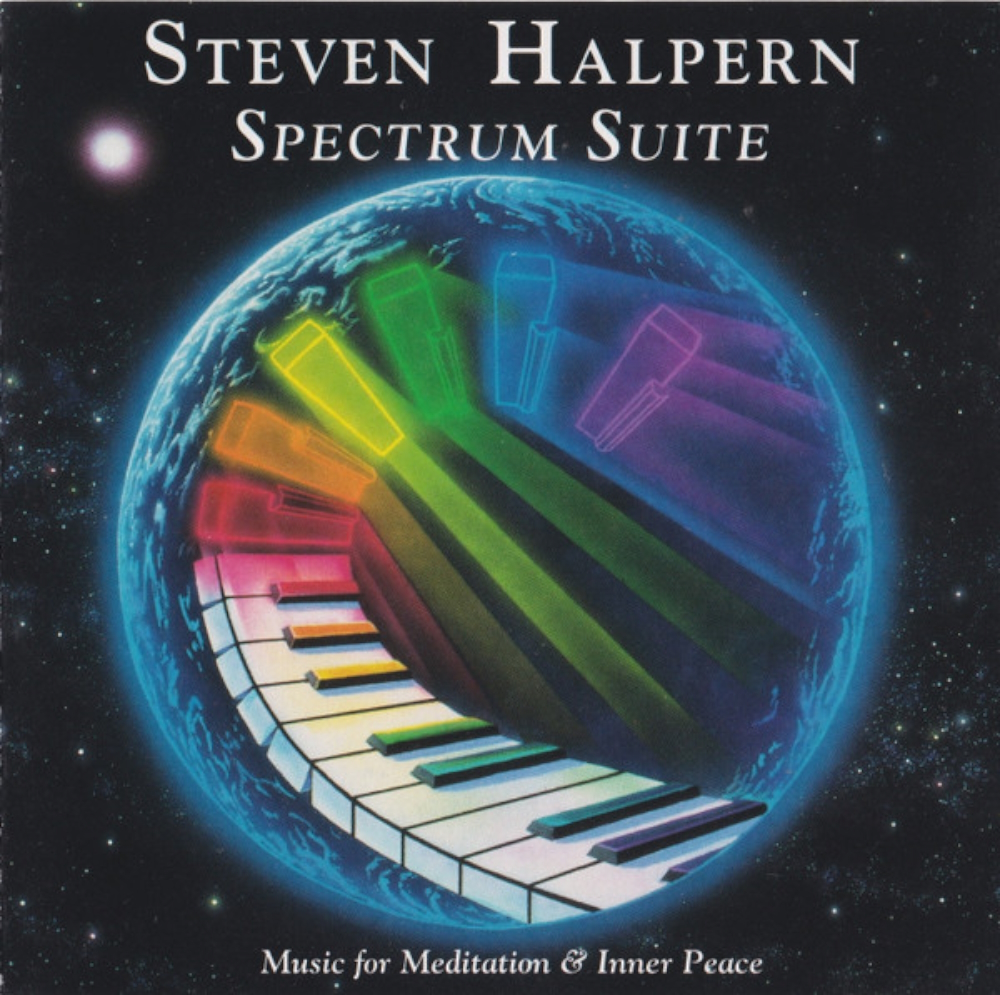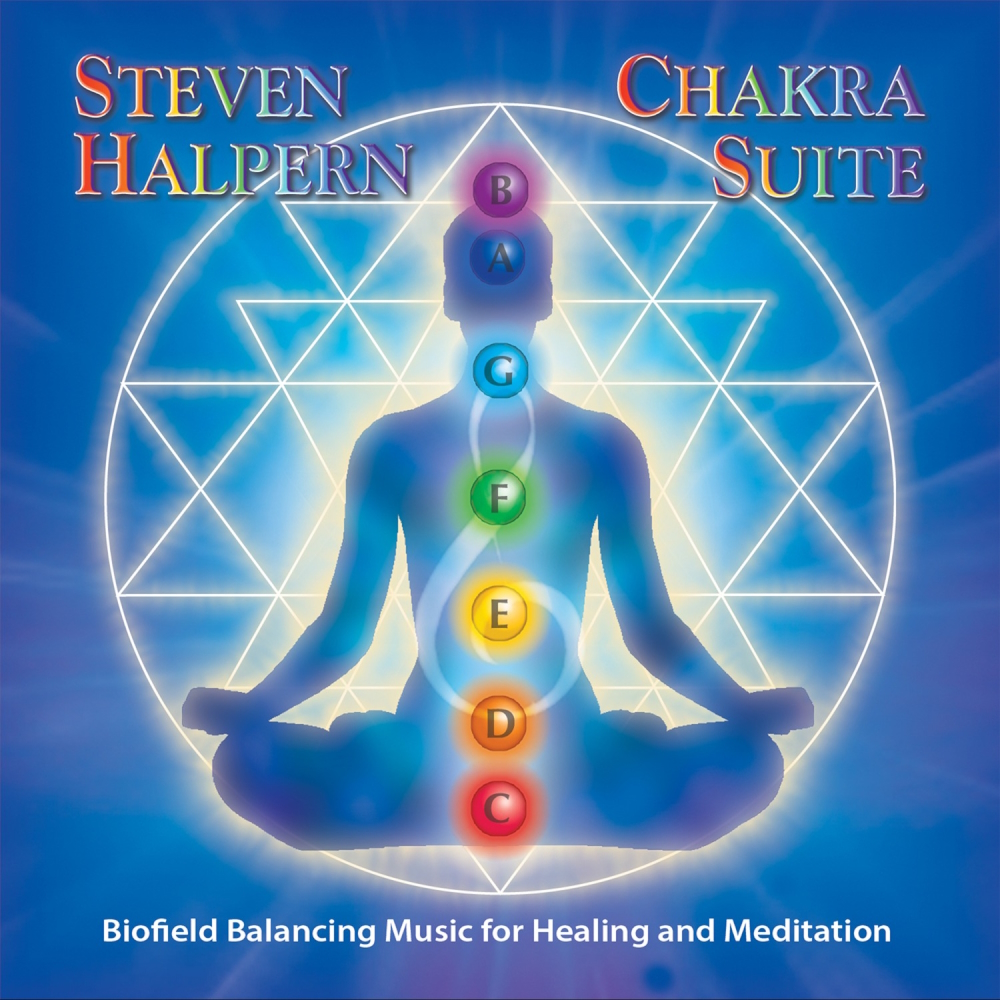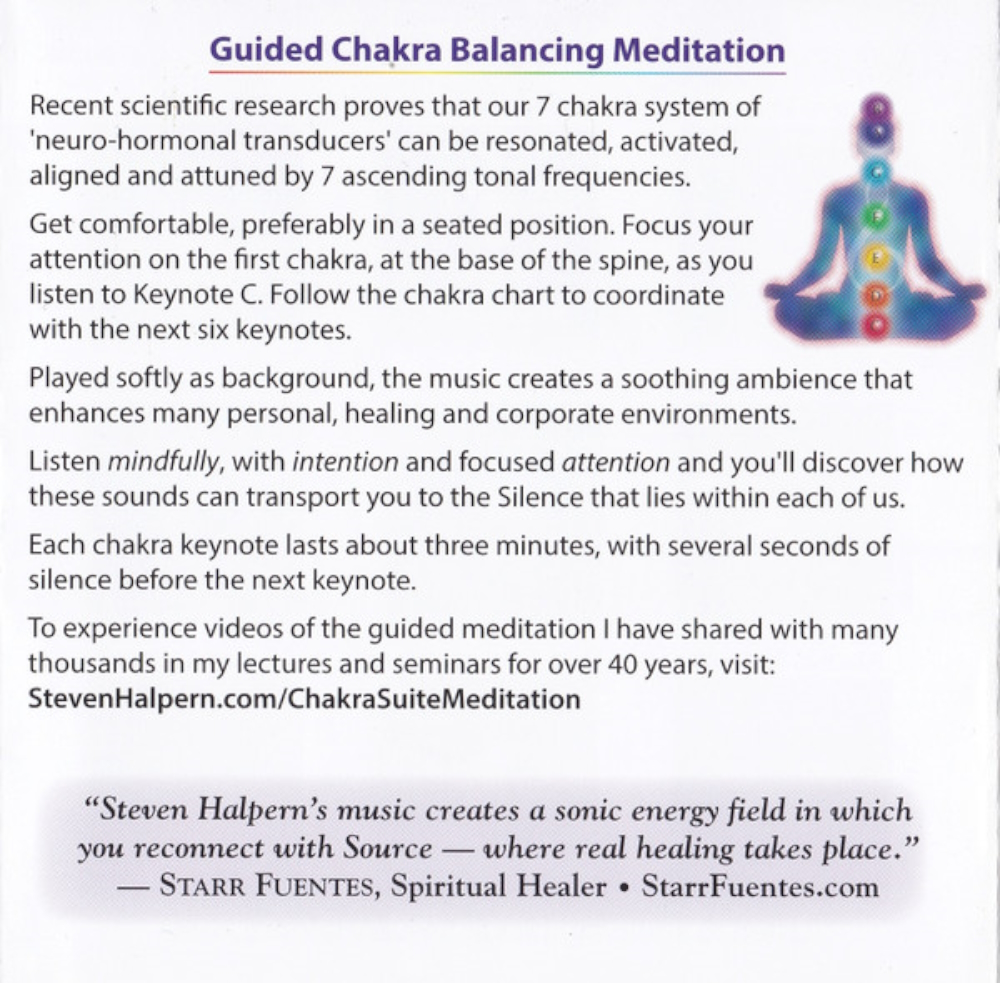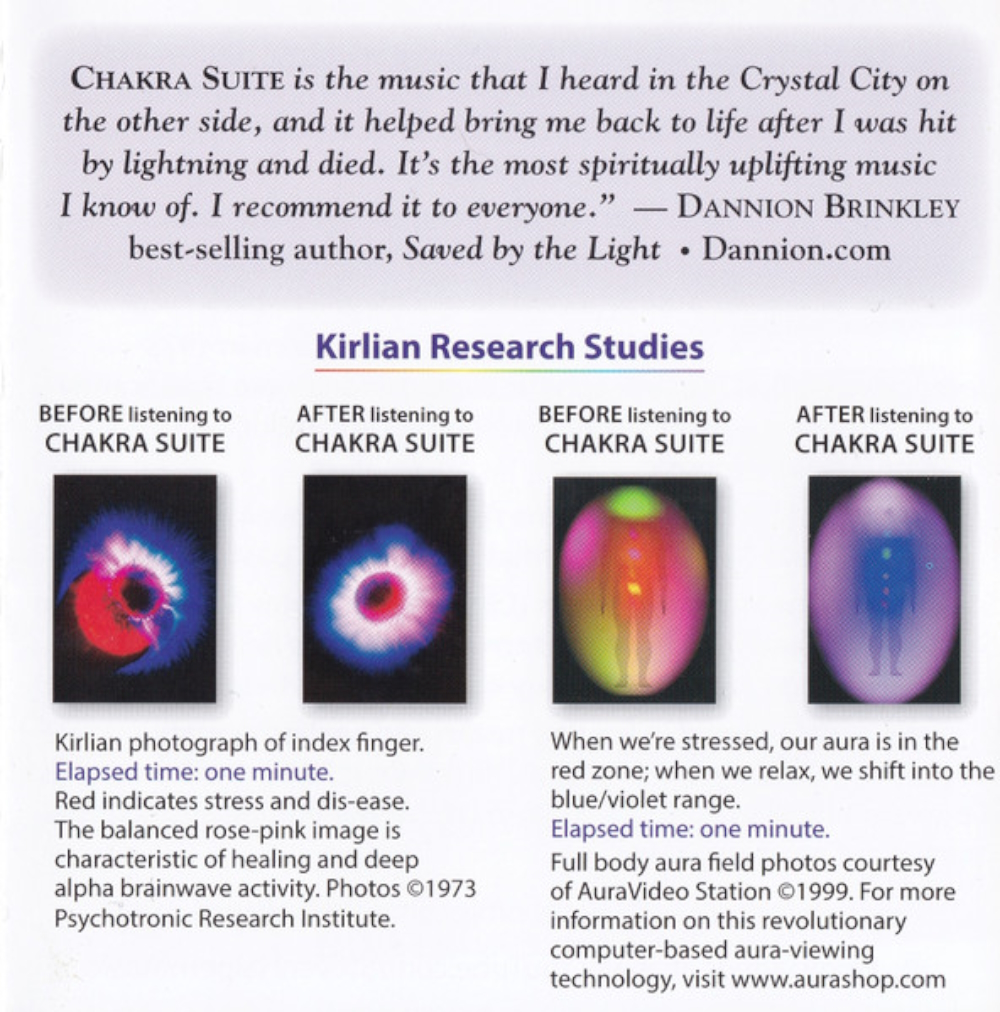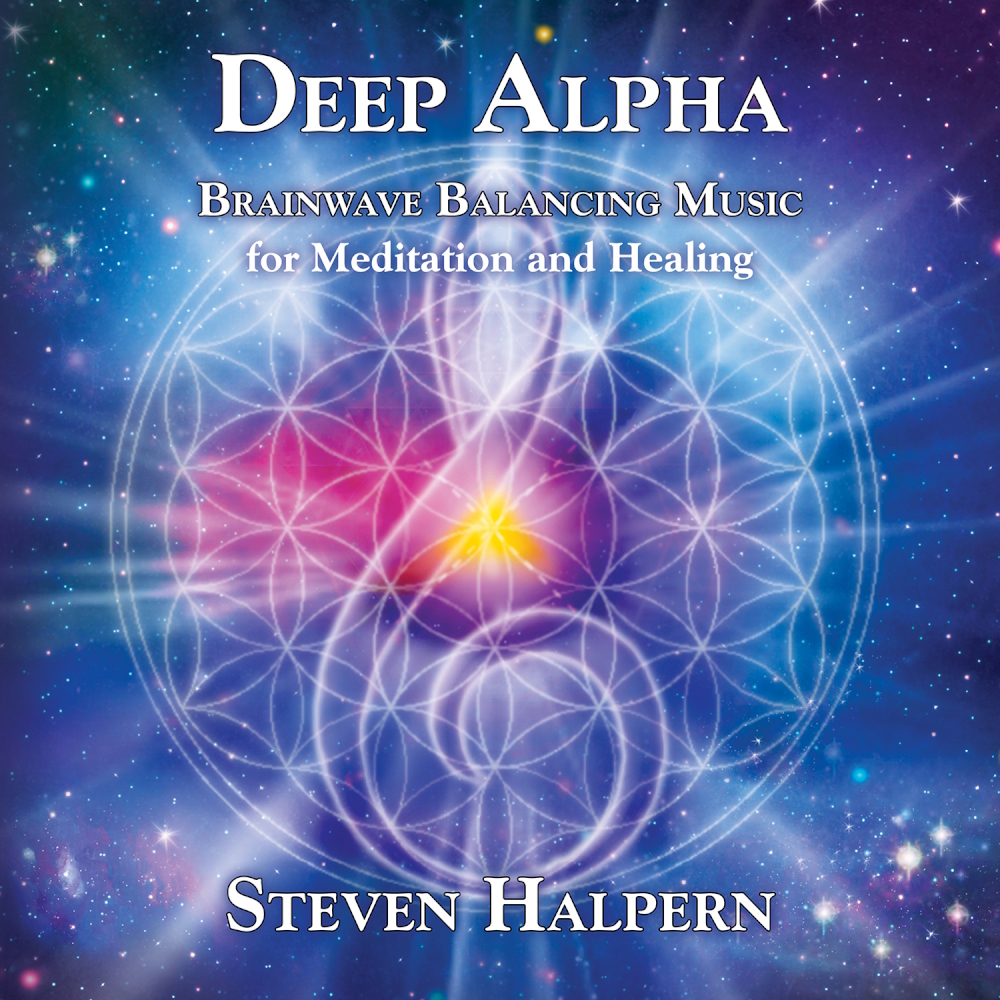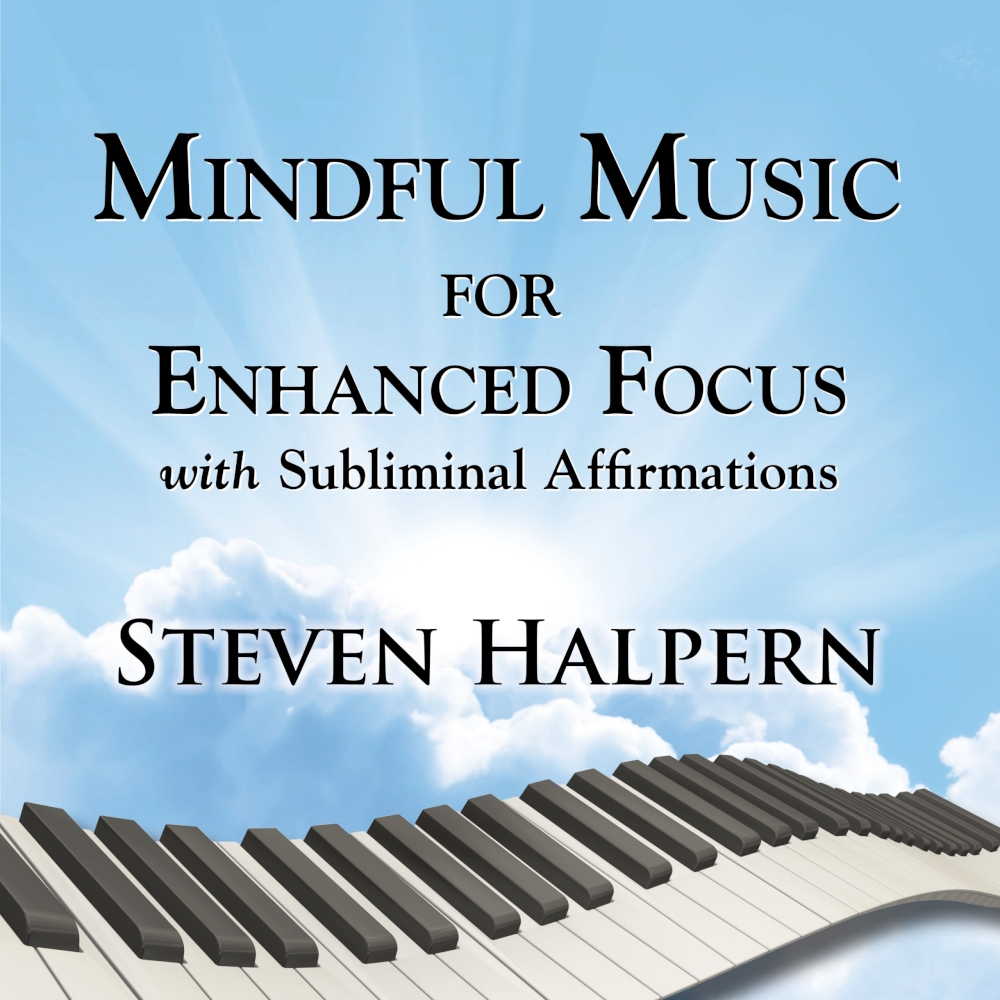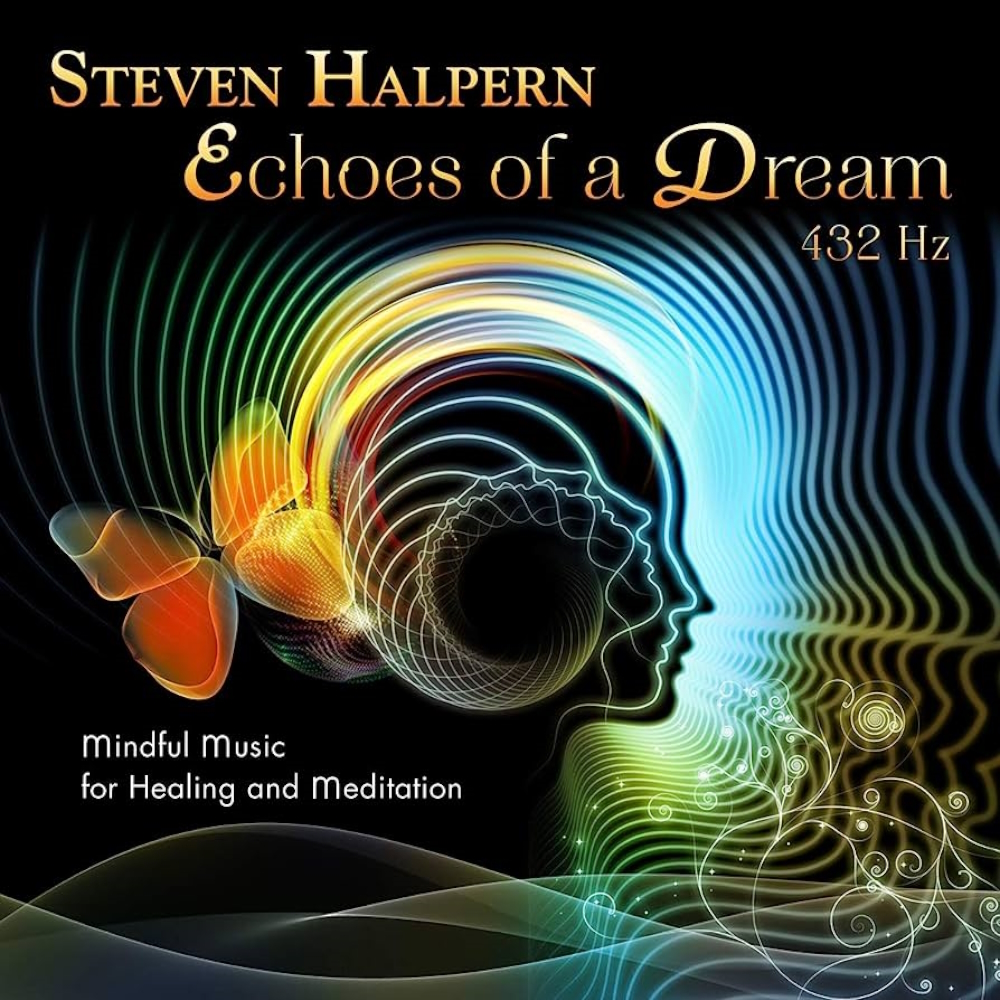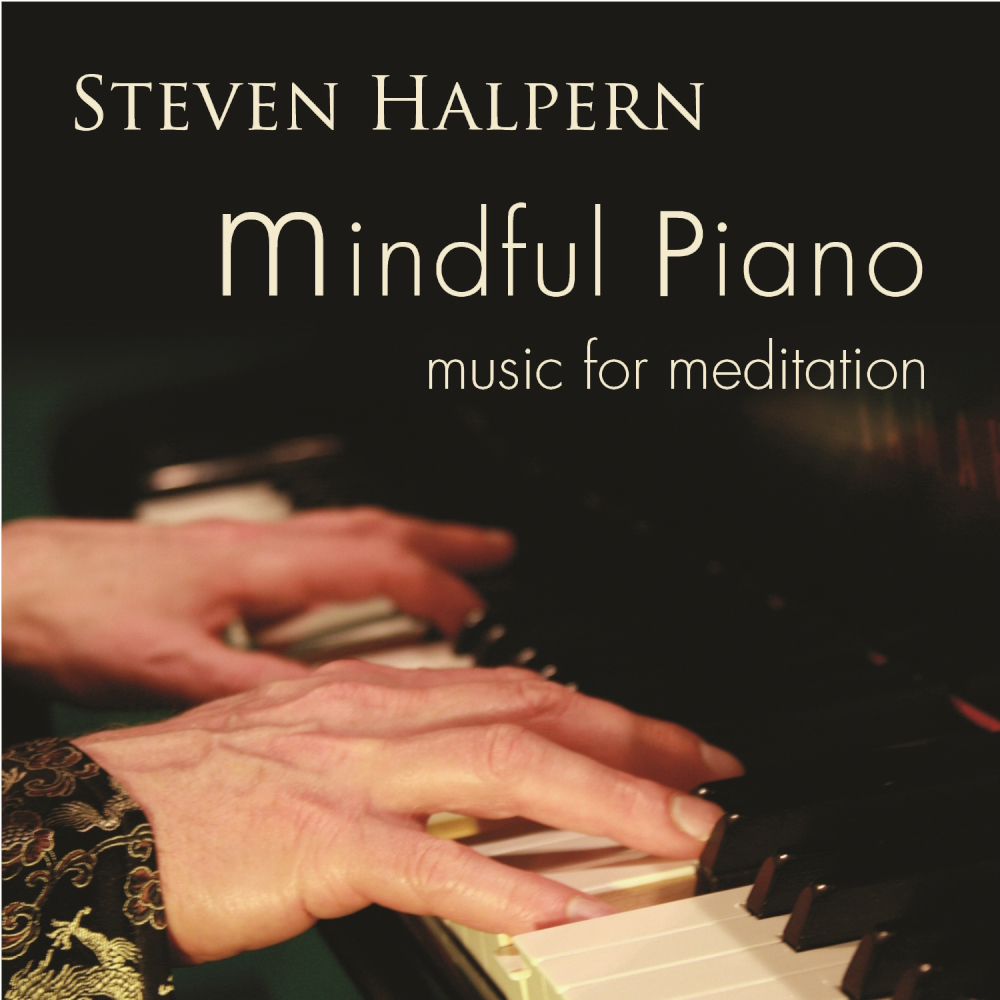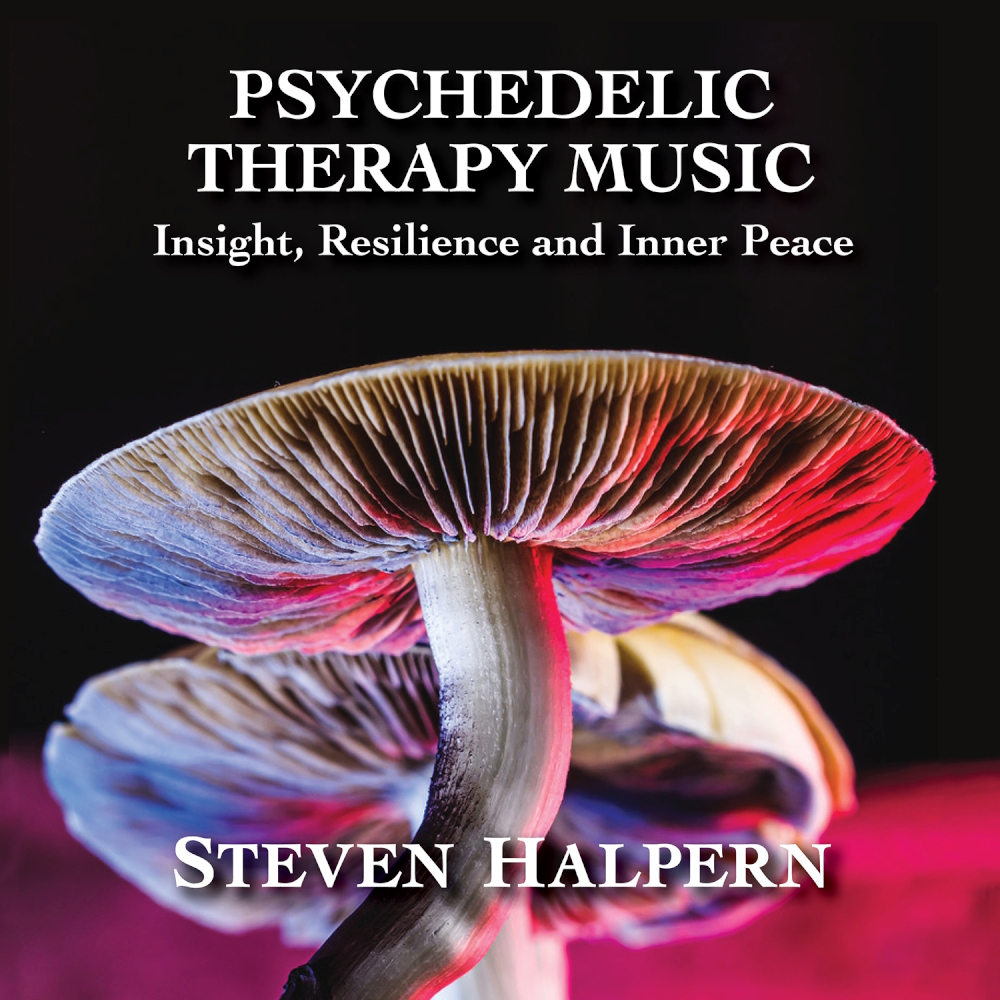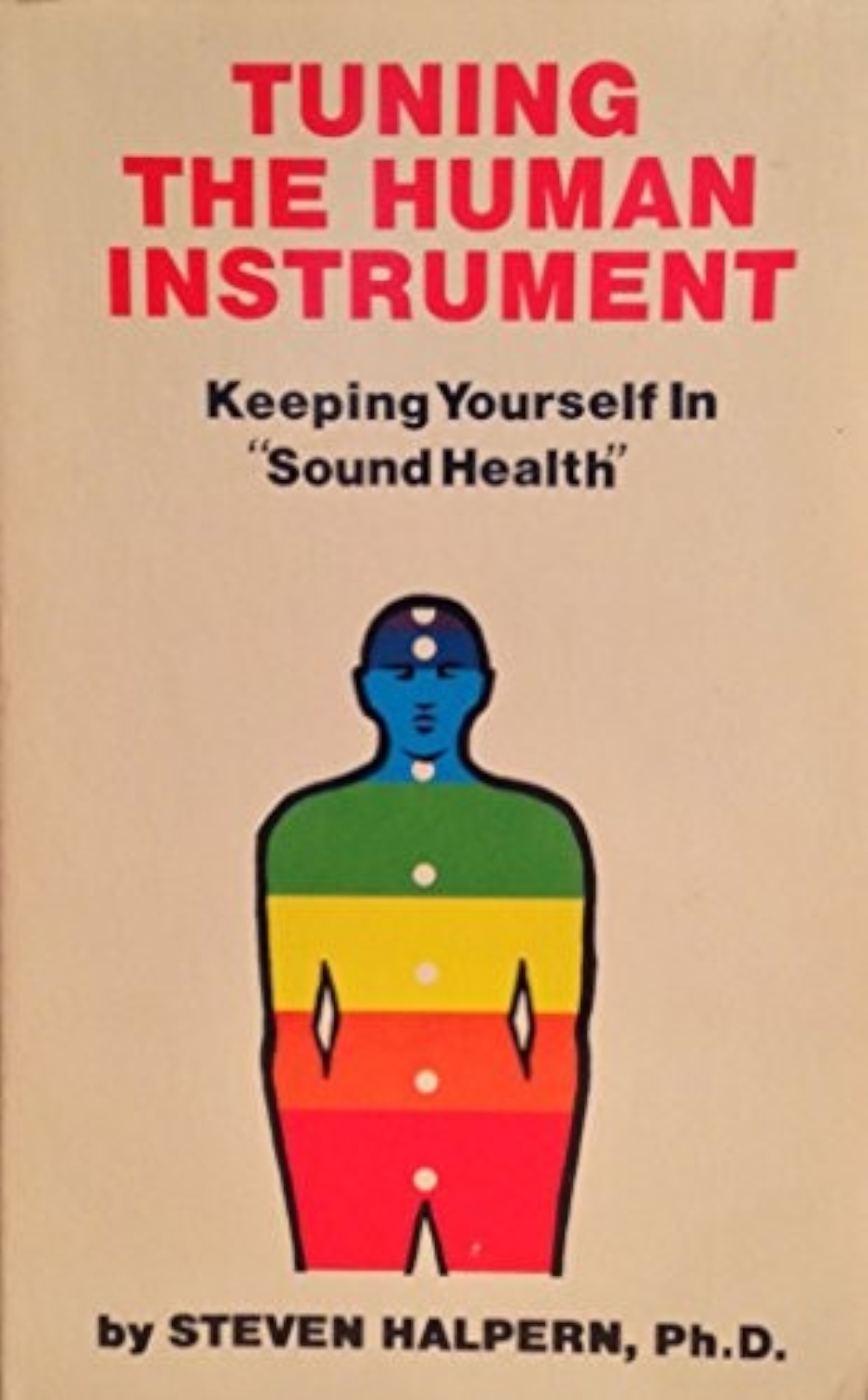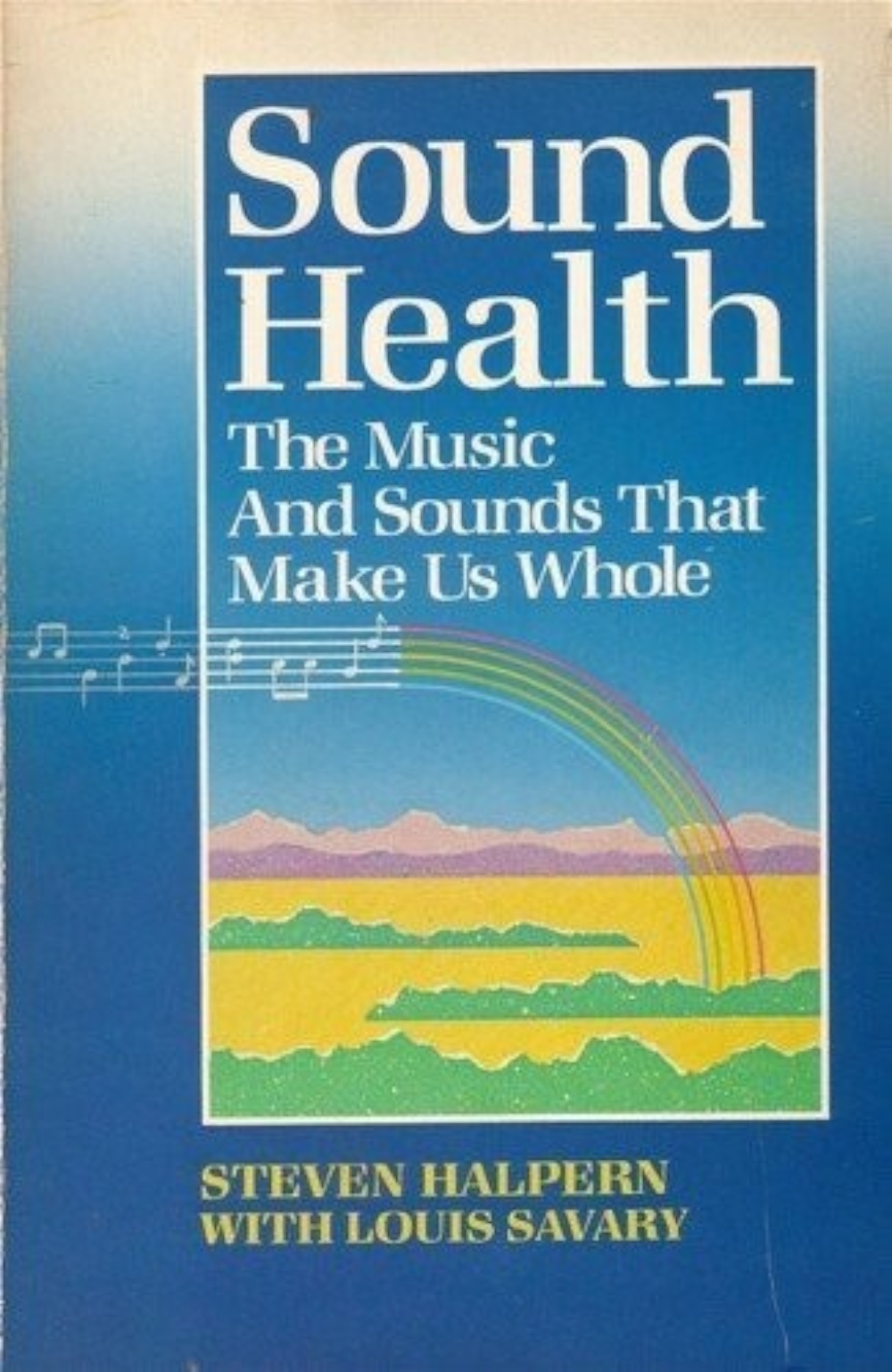Steven Halpern
New-Age-Music-Pioneer / Spiritual Health Musician
US
„One of the most influential artists who changed the way we play, listen to and distribute music“ (Keyboard magazine). According to The Los Angeles Times he’s the one who launched a „quiet revolution“ in modern instrumental music and is „a founding father of New Age music“. Despite the fact that this genre is fraught with prejudices, polarizes and is criticized by many for his lack of substance, these facts stand for themselves: 8.5 millions albums sold worldwide since 1975; more than 100 recorded (including a Grammy Awards nomination in the category Best New Age Album for ‚Deep Alpha: Brainwave Entrainment Music for Healing and Meditation‘ in 2012. It spent spent a total of 64 weeks on Billboard’s Top Ten New Age chart!). The career of this American is a prime example of not to succumb while swimming against the mainstream. This artist quickly learned to become his own producer to have more control over the sound of his recordings, but most of all set up the very first independent New Age record company and built up an alternative retail chain for distribution! As an entrepreneur, he learned the essential skills of ad writing as well as design. Remarkable too: prior to founding his aptly titled label Inner Peace Music (IPM) the creative was musicwise on the move in the complete opposite direction at the beginning!
Steven Halpern
New-Age-Music-Pioneer / Spiritual Health Musician
US
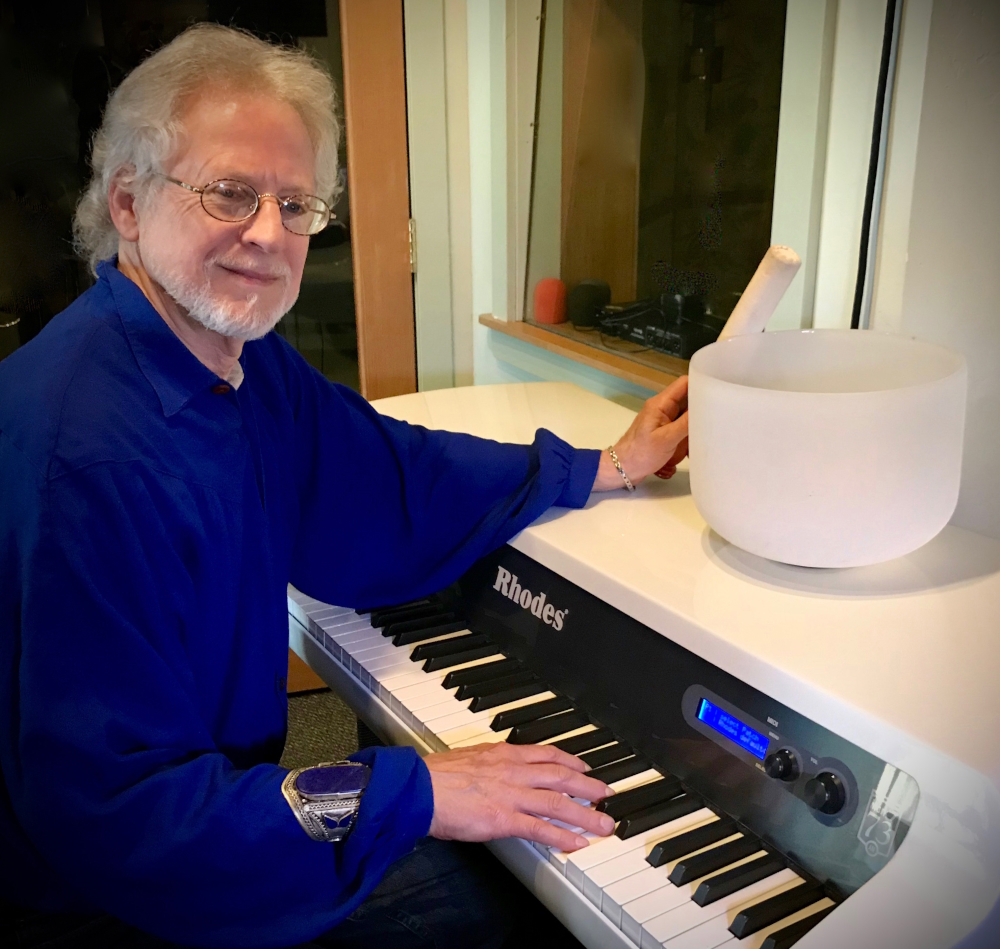
In his early career, this dynamic jazz-rock trumpet and guitar player, based in New York, became ‘the original new age artist’ (MTV) after he relocated to California - a most astonishing turn of events that he had not anticipated. Steven Halpern (* 18 April 1947 in New York City) took exactly such an astonishing turn.
The eldest of two boys of what he calls „a typical American Jewish family“ became interested in music around third grade. As there was no piano at home, the youngster choose to play trumpet. Being bored by the conservatory learning method he got excited for jazz and improvisation. "I loved the ‘natural high’ I experienced while playing high-intensity music on trumpet", Halpern wrote in the invitation by mail for his live broadcast interview on the Sound Healing Summit 2023. "I was inspired by John Coltrane, especially his classic album, 'A Love Supreme', Sufi Master Hazrat Inayat Khan, the Beatles and Jimi Hendrix." At the end of his junior year this teenager was chosen for the State All-Star band. In high school the talented musician explored the guitar, joined a blue-eyed soul band and performed covers in clubs. Nevertheless there was no wish for turning his aptitude into a profession. When he enrolled at the University at Buffalo/New York State in 1965 the topic of his choice has been dendistry. This was exchanged for Sociology by the second semester.
A key shift for him happed during an impromptu jam at college. "I literally became the instrument of the instrument, and my trumpet began playing itself", he told Yoga Journal. "In New Age terms, this is called channeling. I didn't remember what I had played, but I knew I wanted to experience it again."
In 1967 Halpern formed The New Chicago Lunche Band, an 8-piece jazz-rock band with horns, inspired by Blood, Sweat & Tears and Chicago. They were being heralded as ‘the next big thing’ in that genre after adding Joe Ford on alto sax, who would later go on to play in jazz pianist McCoy Tyner’s band, and Medline Davis, vocalist and gay icon, in 1968. In November, 1969, the band imploded during a contentious recording session in New York City when the label’s producer attempted to drastically alter their up-tempo arrangements. Halpern took advantage of the unexpected non-scheduled two weeks and hopped a flight to San Francisco, fully intending to return to grad school in Buffalo to study ‘Cross-Cultural Modalities of Music, Higher Consciousness and Healing'.
„I had an experience sitting and meditating in a grove of Redwoods outside of Santa Cruz, in which I started hearing different music, beautiful slow meditative music that sounds like what I recorded on my first album", theactorswork.com quotes him.
The job of cook and cleaner at a weekend retreat connected with the holistic educational center Esalen Institute in Big Sur offered him the possiblity to perform some contemplative solos at the old upright grand in the workshop hall. Because of the improvisations‘ calming atmosphere that the staff enjoyed the leaders told him: „We like the peaceful response your music is giving people, but if you want to be taken seriously, you need to do some scientific research to get some objective data on the effects.“
As a grad student at the unique Humanistic Psychology Institute, Halpern had free access to biofeedback equipment and students to be test subjects on the campus of Sonoma State. The outcome of his music was thus scientifically proven to be highly effective for relaxation, meditation and healing, especially compared to Liszt and Mozart. A key element of his compositional approach was to focus on the unique, soothing tones of the Fender Rhodes electric piano, subtle ambient keyboards, flute and crystal bowls. Halpern downplayed the traditional primacy of the melody and chord progression, instead providing compositions composed in a ‘flow’ state that allowed listeners to enter a mindful state of inner peace, rather than intellectually analyzing the structure of the music.
„As I started hearing music pouring into my head internally, there came with it a strong urge to share music with other with the purpose of not just trying to create a one-time experience, but to use music as a tool and resouce to help other people tune into higher vibrations and inner peace", he described on daily.redbullmusicacademy.com his deeper motivation for his own specific soundscapes.
"Tracing back to the more ancient roots of music with the musicians in ancient Greece, and China and Egypt, who were also healers and priests [...] it became clear that part of my mission was to re-introduce the concept of music as a healing art.“ This effect can be caused by the following knowledge: „Our body, mind and spirit – our human instrument – has built-in rhythms, such as our heartbeat, the rhythms of our brainwaves, etc. There are certain patterns that relate to higher efficiencies and higher levels of health and well-being. Relaxation is one of the keys to supporting the bodies own innate healing energies. Most music keeps you focused on the external music stimulus – which is great, it’s part of entertainment. For healing to take place though, we need to go inside, so the music becomes a vehicle to support the healing, rather than an end and goal in itself. Understanding that, it becomes more relevant to speak about the music triggering, and getting the listeners into certain states of consciousness. [...] There is no melody, but the tone and resonance shifts ones brainwaves immediately upon hearing it. Our cells are pre-wired to shift into these higher order functions – this is part of what I seek to do through my music“, emphasizes the man who had received a Master of Arts from Lone Mountain College (San Francisco) in 1973.
At a holiday party in December 1974, Halpern connected with the owner of the first independent 8-track studio and record pressing plant. He became their first client, and recorded his first album the next week on January 4-5, 1975. Then the newcomer had to form his own indie label, hire a graphics person to design the album cover, wrote the liner notes, and pressed his first 1000 vinyl LPs. Halpern approached several major labels to license his music, but they showed no interest in music with neither a beat, melody or words and noted, ‘no commercial potential’. So the artist was forced to promote the vinyl LP and cassette tapes, taking them by himself to both Tower Records and other music retailers, but more importantly, “pioneered the alternative retail market” (Billboard Magazine) by hand carrying his albums to New Age metaphysical book stores, crystal stores, health food stores, yoga centers and massage therapy spas. Art galleries also played his debut as well.
The actual record that started this new genre of contemporary instrumental music is called 'Christening for Listening', a title that implied one needed to listen to this music with ‘new ears’. The entire Side A was the first version of his now famous 'Chakra Suite'. The cover photo was free, since it came from his research studies. Both the title and image were ineffective choices.
The album was re-recorded in 1976 because Side A was too long for LP pressings and re-released with new cover and title, as 'Spectrum Suite', and in 1999 as 'Chakra Suite'. It is now considered „the most influential new age album of all time“ (New Age Voice). It has been sold 800.000 times worldwide so far!
Like many musicians, Mr. Halpern had little interest at the beginning of being involved in the business side of "the music biz". But after several years of paying more money than he had to business consultants and seeing few tangible results, the artist was forced to accept a major ‘attitude adjustment’. Steven Halpern had to learn a whole new set of skills in order to promote and market his unique albums. Expanding his reach included touring regularly, lecturing, speaking at countless seminars and writing the two books ‚Tuning the Human Instrument‘ and ‚Sound Health: The Music and Sounds that make us Whole‘. Furthermore he became the Music Director of Medcalm.com, a leading content provider for hospitals in the US, and a spokesperson for the emerging field of sound healing.
Despite leading his own day-to-day-business that suffered from numerous setbacks over the years, Steven Halpern studied at the distant learning school Columbia Pacific University and in 1983 earned a Ph.D. degree in contemporary psychology of music.
In addition to Halpern’s own solo keyboard recordings, he is an award-winning producer who has collaborated with many of the leading New Age artists like Georgia Kelly, Iasos, Jorge Alfano and Kristin Hoffmann as well as Grammy winning jazz artists like Paul Horn, Paul McCandless, David Darling and David Friesen.
Steven Halpern wrote a monthly syndicated column for several New Age magazines educating the readers about the healing powers of music, and how such music could enhance their own physical, emotional and spiritual growth. The very busy man was solo artist ‘road warrior’, often touring every weekend for most of the year from 1977 to 2005. He appeared on national and local tv and radio programs before any other sound healer, and has been referenced in major mainstream media like New York Times, BBC, Los Angeles Times, Billboard, Keyboard magazine, and many others.
How his open-ended compositions originate the maker revealed in an interview on miraclecenter.org: „Much of the music writes itself. I make an appointment with the recording studio, enter into a meditative state, and the music flows through my fingers [...] There is a unique sense of time and space in this music that truly allows the listener to relax, to merge and become One with the music. The spaces between the notes are as important as the tones themselves, and the actual quality of each instrument is chosen for its soothing, uplifting effect.“
Steven Halpern lives and composes in the San Franciso Bay area of California; his home is surrounded by five large redwood trees and rolling hills.
Interview July 2023
Music as medicine, sound healing and mindfulness: tuning the human instrument
INTUITION/IMAGINATION
?: How does intuition present itself to you – in form of a suspicious impression, a spontaneous visualisation or whatever - maybe in dreams?
Intuition is a meaningless word for me with respect to music. I spent many years in dedicated study learning my instruments and all rules of improvisation, as well as other ancient Asian musical traditions of India, Japan and China. These are specifics, stored in my memory banks. For me, music is direct knowing. It is immediate, and specific. Intuition, on the other hand, is more generic, and vague. For instance, last year, I had an intuition that my romantic partner of 8 years was preparing to end our relationship, even though she was profession her love and wanted us to be together for many more years.
Inspiration is more specific than intuition is, for me. Inspiration comes in many ways. Sometimes I’ll hear - or know - an entire composition in an instant.
From November 1969 through March 1970, I would often feel like my fingers were being moved at the piano keyboard. I wondered how this could be. Then, one afternoon in a used LP shop, where I was looking to buy my favorite jazz and jazz/rock albums I lost when I left Buffalo, I felt someone pushing my right shoulder. I turned, but no one there. I was pushed to the classical music section, where I had never ventured. Suddenly, my hand shot out into a shelf of 100 albums, and I picked one out. Of course, one could not see the title due to the narrow edge of the LP. The album was the BBC recording of Rosemary Brown: 'A Musical Séance'. I bought it immediately, read the liner notes, and I read her account of how the same thing had happened to her with some of the composers she channeled from. That was a major breakthrough. I have never had anything like, “Hi, I’m Mozart, and I’ll be your guide tonight.” Names are not important. It’s the energy that comes through that is!
Sometimes, listening to an unfinished mix of a new track I am working on at home at night as I fall asleep, I get an instant ‘download’ that communicates, wordlessly, what I need to do next. This process can take weeks or months to make continual refinements. None of them are ‘suspicious’. I learned early in my career: 'Divine gifts are not to be questioned. They are to be accepted, with gratitude'.
?: Will any ideas be written down immediately and archived?
Occasionally, I’ll write down a phrase or a concept; sometimes I’ll dictate a few words into my phone. But mostly, once I hear the new idea, I can tap back into that same place in the recording studio. It’s more a matter of tuning my consciousness to the same ‘channel’.
?: How do you come up with good or extraordinary ideas?
Throughout my career, extraordinary ideas have come through in various ways: When I’m in the studio, I follow my own prescription, modelled after the one Hippocratic oath that doctors take: “Composer, compose thyself”. Before every recording, I set the intention to bring through healing music that serves the highest spiritual nature of the listener. I pray for guidance, invite my Band of Angels and guides, close my eyes, and tune in to the Silence of the quantum field. Then I place my fingers on the keyboard and allow the music to flow.
Sometimes I have received ideas and suggestions while making love. Initially, I would stop and write it down. This was not appreciated by my partner. Happily, I learned to remember these insights.
?: Do you feel that new creative ideas come as a whole or do you get like a little seed of inspiration that evolves into something else and has to be realized by endless trials and errors in form of constant developments until the final result?
A few times, I receive an entire new composition as a whole, as I did with 'Hear to Eternity' (1979). Other times, like on 'Side A of Eastern Peace' (1978), the music unfolds all by itself. I don’t hear the entire piece until I listen to playback.
For the last 20 years, as digital editing has made it possible to do incremental changes to a note or phrase, as when I clone a wonderful phrase that wasn’t played until 3 minutes into the track, my engineer and I move it closer to the front. I don’t want to wait so long to hear it, and I don’t want my audience to wait that long, either.
So, the answer is YES to the end of your question.
?: What if there is a deadline, but no intuition? Does the first fuel the latter maybe?
Deadlines? My answer is usually: my album is ready when the music is ready. Very rarely will I allow a deadline to force an album into the public before it’s fully ready. This is one of the perks of being an artist-run indie record label. “It’s good to be President!” (to paraphrase the famous movie line from Mel Brooks).
For the past 20 years, my protocol: I push the deadline back. In fact, I just had to do this with my album, 'Psychedelic Therapy Music' (2023), three times. The unexpected bonus: The delay enabled me to receive two powerful testimonials, which now appear on the delayed/revised album liner notes.
INSPIRATION
?: What inspires you and how do you stimulate this special form of imaginativeness?
Many things inspire me: a beautiful sunset, the wind blowing through the trees, the ripples on a lake, reflecting sparkles of light. As I describe in my previous answers, I am often inspired on the inner planes. Getting into the gap between thoughts, as Dr. Deepak Chopra ("Indian-American author and alternative medicine advocate", Wikipedia) describes it, has been my process for many decades. I go into much greater detail in my forthcoming memoir. I am often inspired by a single sound program of a new synthesizer or sampler, as has happened throughout my career. For instance, when I played a D minor 9 chord on the new VFX on an intriguingly named sound program, I instantly went into an altered state in the music store. I bought the keyboard on the spot, brought it into the studio with me, and as soon as I plugged in for the soundcheck, the same thing happened. All the main tracks of my 'Higher Ground' album (1992) essentially played themselves, layer by layer.
?: How do you filter between ideas that are worthwhile pursuing and bad ones that you just let go of?
It’s easy to filter. I try out the idea. If it doesn’t work, I abandon it. For me, it’s not a matter of either/or… or better than. Most often I go with the first breakthrough, but then I may take months refining it.
?: Does an idea need to appeal to you primarily or is its commercial potential an essential factor?
I have always followed my own heart. I follow my muse. When I began, I recorded the music that I wanted to hear. I still do, 50 years later. It is an honor and a privilege to have connected with so many millions around the world, to have touched the hearts of people I’ve never met. I’ve received so many notes from listeners who have experienced peace and healing that they had never experienced before. For me, this is what I consider a ‘Gold Record’. This predated my Grammy® nomination, and it continues to this day.
On the other hand, I rarely considered the commercial potential of the music. Having said that, in the first five years of my career, reviewers criticized me for never playing grand piano. Somehow, these alleged professionals totally missed the grand piano track or tracks I had on most every album, like 'Zodiac Suite', 'Eastern Peace', 'Starborn Suite', 'Dawn' and 'Eventide'.
When George Winston’s solo piano became a hit, I realized I had enough solo piano tracks already recorded to release an entire album of my previously recorded solo piano tracks. So in 1980, I did consider the potential commercial appeal of a solo piano album. However, I didn’t ‘change’ the music itself to be ‘commercially viable’, but I did use a more traditional piano than the unique Fender Rhodes electric piano.
On the other hand, because NO ONE had ever recorded an entire album featuring the meditative sounds of the Rhodes, I believe part of my early success is due to the very unique TONE of that instrument. I didn’t choose it to be commercially successful. I chose it because of how it made me feel, and how it made my audiences feel. That’s still true today. It’s not a synthesizer, and no other sound healer has featured this instrument as much as I have. I will also mention that its inventor, Harold Rhodes, was very pleased that someone was using his instrument as a healing instrument.
?: Do you revisit old ideas or check what colleagues or competitors are up to at times?
I rarely check in with competitors. That way I know I am not being influenced by them, and I can be a clear channel to receive the inspiration that I do. Having said that, as a musician, I enjoy watching the singers, and the band, on 'The Voice', for the joy of entertainment and seeing masterful musician performing live, which was my background. More importantly in this stage of my career, I have been revisiting earlier albums. In many cases, at some point, perhaps midway through the track, I’ll hear a phrase and ‘know’, this can be the beginning of a whole new recording. That’s been happening a lot now, especially since the start of the pandemic.
With ProTools digital software and my highly-skilled recording engineer, I have been on a ‘creative high’ for the past four years, without beginning a new composition from scratch. Or, as I have done on 'Ocean of Bliss vol. 2' (2022), I will produce the new version and then invite the marvelous vocalist/composer Kristin Hoffmann, to overdub in her own home studio. She sends me her tracks, then I mix them as I need to.
CREATIVITY
?: What time or environment best suits your creative work process — for example, a time and place of tranquility or of pressure? Which path do you take from theory or idea to creation?
In the first years, I booked in 4 hour sessions at the studio from 7-11 pm. Then the neighborhood got dangerous at night, so I learned to get into the creative zone from 1-6 pm. To decrease the time pressure, I would cover up the clock. That decreased my stress immediately.
I learned early on, that when I schedule an appointment to be in the studio, in addition to my own preparation: spending some time meditating in nature and setting the intention to bring through beautiful, healing music, other forces would automatically work ‚behind the scenes' to assist when I got into the studio. I would usually hit the ground running and be creative/productive from the start of the session. I have always also found it’s helpful to have someone else in the room (the engineer) to keep me in a high state of focus and creativity. On my own, it’s easy to procrastinate or get distracted.
For me, there is not ‚path‘ from theory to creation. It is simultaneous.
?: What’s better in the realization process — for example, speed and forcing creativity by grasping the magic of the moment or a slow, ripening process for implementation and elaboration?
I do both. It depends on the energy. I build on the ‚breakthrough of the magic moment', and allow the music to unfold over weeks or months. That’s how it’s been for most all of my albums since I purchased the new, updated Rhodes electric piano in 2011. That instrument opened up a whole new phase of my recording career....and includes my Grammy® nomination.
?: Do you have any specific strategies you use when you're feeling stuck creatively?
I have rarely experienced a creative block. If I do, I shift gears and do something else.
I can’t recall ‘a real failure’. I DON’T try to ‘force’ creativity. Sometimes things in life have their own timetable. I don’t always have the final say; I have learned to be patient, listen, and then proceed.
Basically, ‘real failure’ doesn’t exist in my vocabulary, or my musical reality. From my spiritual studies and business marketing training, I have learned to recontextualize things that did not work as ‘life lessons, teachable moments’, and move on.
?: How important are self-doubt and criticism by others during such a process process i.e. is it better to be creative on your own, only trust your own instincts, or to work in a team?
I rarely have self-doubt. I never concern myself with criticism, especially by people who are unwilling to listen to the music with new ears, and open heart.
Regarding the second part of the question: It varies and it’s not a matter of better/than. Most of my recordings begin with my solo recordings. When I am preparing to bring in a collaborator, like master oboe player Paul McCandless or cellist David Darling, I preproduce the tracks I want them to play on. They tuned in magnificently; we were on the same team, but all the production/remixing decisions were mine.
Recording live in the studio with flutist/saxophonist Paul Horn, we were on the same wavelength…on the same team. Sometimes, after I hear what my collaborator has played, I will reorchestrate an entire new arrangement, in which I follow what they have composed, in the moment. That feels like another form of teamwork.
Throughout my career, I’ve worked with essentially only four recording engineers. I’ve worked with Warren Kahn for the past 27 years. He’s the first engineer who is also sometimes my coproducer. We work very well as a team. He knows how I want to hear certain instruments, EQs, volumes. Oftentimes, even before I can say something as we listen to playback of a new mix, he is already adjusting levels to the way I like to hear things.
?: Should a creative person always stay true to him- or herself, including taking risks and going against the flow, or must the person, for reasons of commercial survival, make concessions to the demands of the market, the wishes of clients and the audience’s expectations?
Throughout my career, I’ve stayed consistent with my vision, intention and manifestation. I march to the beat of my own heart and soul. I began recording for an audience of ONE: namely, myself. I recorded music that I wanted to hear, for my own meditations, yoga, massage and lovemaking. When others heard me in concert, they wanted tapes of the music so they could listen at home. That was how I entered into the world of becoming an independent record producer and artist-run label.
Having said that, I have learned two important lessons:
1. “You can’t fight with the market place.” For example, I love the sound, and the meditative effect, of the Indian drone instrument, the tambura. However, many listeners do not. So I will often include two similar mixes, one with tambura, one without. I love them both, and I figure it’s cool to give my listeners a choice as well.
2. About 20 years ago, when Borders Books and Music was a retailing powerhouse, I submitted my new album for a top shelf product placement, for highest visibility. It cost $3000 a month for that privilege. I had sequenced the album to begin with subtlety, get more intense, then mellow out again. When it was rejected, I contacted the national sales manager, and asked why. The guy said, “I love the album, but you need to resequence it with the best tracks up front.” I replied, “You mean you are telling me how to sequence my album?” He replied, “Not exactly. But if you don’t do it the way I need it sequenced, for our listening stations, I won’t buy your album.” Needless to say, I understood where he was coming from. I realized we were in a kind of dance, and on the same team. We both wanted to sell more albums. I changed the sequence of that album, and have kept that commandment in mind ever since.
?: How are innovation and improvement possible if you’ve established a distinctive style? Is it good to be ahead of your time, even if you hazard not being understood?
I ‘ve been ahead of my time for decades. It wasn’t a conscious decision or choice on my part. That’s why I performed so many concerts and workshops around the country, to educate and elevate a much larger audience than the small, New Age spiritual market.
My earliest albums were often solo or duet albums. Over the years, my productions have maintained the same high integrity and consistency of vision and intention, and they have become increasingly more sophisticated with multiple layers of ambient keyboards, brainwave frequencies and crystal bowls.
?: When does the time come to end the creative process, to be content and set the final result free? Or is it always a work-in-progress, with an endless possibility of improvement?
The music is ready to go public when it’s ready. Over the past 20 years, I will listen to what I believe is the final mix every night for a month or two. If I hear something I want to change or add, I do so. Then I listen under different situations, on different sound systems. When all systems are go, then I proceed to sharing it with the public.
Over the years, however, sometimes an album track becomes an ongoing evolutionary process. Back in the day, before digital, I could simply make the change on the next LP or CD pressing. No one ever noticed, or cared. The albums always got better and better. Now, with digital versions online, I cannot do that. So I make sure it’s right before it goes public. However, on my 'Golden Oldies' re-issues series, there have been some upgrades that I’ve always wanted to do, but the analog tape editing options did not allow. With digital editing, cross-fades and note by note EQ changes or limiting if needed, my revised 44th Anniversary deluxe edition of 'Ancient Echoes' (2022) with harpist Georgia Kelly, or the 38th Anniversary edition of 'Connections' (2022) with flautist/saxophonist Paul Horn, sound better than the original analog master tapes (from 1978 respectively 1984).
?: Why do you do what you do the way you do it?
In many ways, my entire life journey has been one creative act. The field I pioneered didn’t exist before I created it. Combination of my own intellect, studying with master poets and musicians and sociologists in University, and following guidance, gut instinct, and ‘doing what came naturally’.
SUCCESS
?: “Success is the ability to go from one failure to another with no loss of enthusiasm.“ Do you agree with Winston Churchill’s quote?
Churchill refers to what they teach in business schools. I experience many years of very little actual financial success, but I was extraordinarily successful in being the first musician to introduce the concept of a new, original, contemporary form of healing music to the world. I did this starting with no business training or experience, and no budget. There were no business models to emulate in the music industry. No one had ever launched an entirely new genre of music that needed to educate the audience, and the media, as to its value.
Most music is about entertainment, which is fine. I came from that background. But my goal was always far beyond that. Success for me, while I was still in my early jazz/rock stage of my career, was getting a standing ovation after playing a great solo. People would say, “Man, that was an amazing solo. You really blew me away.”
Success for me AFTER the release of my very first album, were the testimonials from listeners who told me that my music allowed them to feel more peace than they had ever felt before. Learning that my music has touched the hearts of millions was the greatest measure of my success. That has kept me going through all the lean years.
I sold millions of records in the ‘alternative’ market of metaphysical bookstores, yoga and massage centers, spas, etc., that were never reported to the sales data system SoundScan. If my 'Spectrum Suite' album had been sold at traditional music industry retailers like Tower and Wherehouse from day one, I would have earned a gold record for sales of over 500,000 by the mid-90s. Sales now total over 880,000. As an indie label, I knew how many albums were pressed and sold, because I had to pay for them! I also had to deal with how many were NOT paid for. I learned to accept that as ‘cost of doing business’. For me, a ‘gold record’ was in the response of listeners who continued to buy my music. It is even more true today, as listeners are streaming my music on all the major streaming platforms. My music is included on thousands of playlists.
When I received the 2012 Grammy® nomination for 'DEEP ALPHA: Brainwave Entrainment Music for Healing and Meditation', that was an extraordinary confirmation of the work I have been doing since 1975.
So the ultimate measure of my success is that
a) I launched a new genre of music that has inspired other artists and generations who followed me,
b) I am still in business creating beautiful, healing music 50 years after recognizing my ‘calling’, though there were indeed many years of being a ‘starving artist’ and ‘living on the skinny’ as my jazz mentors put it,
c) I’ve authored two seminal, best-selling books on the healing powers of music for optimal health, well-being and spiritual growth
and
d) my music continues to find new audiences and touch the heart and soul of millions of individuals around the world. As Ram Dass ("spirtual teacher, guru of modern yoga, psychologist and writer"/Wikipedia) once said to me, “It’s an honor to serve the spiritual needs of others as you serve your own spiritual needs and karma.”
?: Should or can you resist the temptation to recycle a ‘formula’ you're successful with?
I don’t have a ‘formula’. I compose what I want to compose, and follow my muse. Every composer has their own ‘style’, but this does not mean I have a formula. I have little interest in repeating myself.
Having said that, when I have produced albums that are not part of my 'Inner Peace/Mindful' music series, here’s what happens: Customers see my name, assume that the album will be gentle and beautiful. They don’t read the description. When the album is world/fusion, like 'Hear to Eternity', or deep space/synthesizers, like 'Rings of Saturn', or 'Star Children', customers sent it back, quite upset. Not only that. Even though I am featured in the “Synth Heroes” issue of KEYBOARD magazine, stores would not carry such albums. They told me: “We have limited space. We know your main titles are proven sellers. We don’t want to take a chance on your more ‘experimental’ album.” So they never had a chance to gain an audience. With the streaming revolution and unlimited back catalog availability, I am re-releasing many of my ‘golden oldies’. I have heard from many of my earliest fans, as well as from the younger generations who are only now discovering these albums for the first time. They are finally gaining the respect and audience they deserve.
?: Is it desirable to create an ultimate or timeless work? Doesn’t “top of the ladder” bring up the question, “What’s next?” — that is, isn’t such a personal peak “the end”?
I have never begun a project with the intention of making an ‘ultimate’ work. I have, however, most often begun a new project with the intention of making a timeless work, one that I, and my audience, can listen to over and over, for years to come. The non-structured, free-floating ambience of my music, which the analytical left brain cannot intellectually analyze, and which most often leads to boredom over repeated listening, is not a factor.
As I mentioned in previous answers, I am finding continual inspiration with new keyboard sounds, in the middle of one track on a prior recording, etc. This keeps my creative juices flowing.
MY FAVORITE WORK:
'In the Realms of Healing' (432 Hz) from the album 'Sound Healing' 432 Hz (IPM 8432).
I choose this track because it represents the intention, tonalities, attention to sonic detail, high production values that I bring to all my recordings. It has the healing tones of my Rhodes electric piano, a sustained string ensemble, a heavenly choir… and one very special extra ingredient. It began, somewhat mysteriously, in 1987, in the middle of recording the African rhythm based album with Suru Ekeh.
As soon as I heard the basic tracks, I know this was going to be a foundational soundscape of my career. In that moment, I envisioned two of my favorite musicians, whom I had not yet recorded with, namely Paul McCandless ("The founding member of the American jazz group Oregon is one of the few jazz oboists. He also plays bass clarinet, English horn, flute and soprano saxophone."/Wikpedia) and cellist David Darling, to add their artistry to my arrangement. I’d have to wait decades, but both eventually became reality. Once again, patience is the virtue in allowing the music to manifest on its own timetable. This collaboration with Paul McCandless on oboe, and the extraordinary melodic lyricism he was inspired to add, instantly elevated this track to be one of my all-time classics.
The track begin the first day right after I bought a newly-acquired, used Kurzweil 250 to the recording studio, in 1987. I had been seeking a real choir to include on my albums, and had been frustrated by the various sampled versions on my existing keyboards. I heard the Kurzweil choir at my local music store, and was in heaven. I bought it on the spot. When I plugged in during the sound check, I was unable to lift my fingers off the keyboard - another telltale sign that ‘magic was in the air’. That unexpected initial recording became the beginning of my album, 'Gifts of the Angels'.
Because I was in the middle of recording an African rhythm based album with master drummer Suru Ekeh, I added the choir and sustained string ensemble to his percussion. We didn’t finish the album, and the track lay dormant for years, until Suru had passed and I was asked to complete the album to memorialize his artistry. As I was soloing each track to prepare for the mixdown, without the drums, I heard the string ensemble track. I said to the engineer, “I don’t remember even recording this. But I must have: I was the only one here!” I knew in that instant that I would be overdubbing the celestial choir, plus my Fender Rhodes and other ambient synths, which I have done.
In my mind’s ear, the music invited an elegiac melodic line, played on a solo instrument like cello or oboe. I invited Paul McCandless to join me in the studio, but had to wait for15 years, until our schedules could align. He was worth waiting for. I didn’t have a deadline, so there was no pressure. McCandless tuned into my sonic vision, and played what I believe is the most exquisite melody he ever recorded, on any of his other albums. The way his oboe soars over the sustained sonic atmospheres that I preproduced was so effortless, it felt like it was orchestrated from higher dimensions.
A related version of this spiritually-potent soundscape is featured on 'Deep Alpha' (2012 Grammy® nominee) which I believe confirms the universality of the music. People all over the world are touched by it. Early on, I suggested it belongs in the same category as Samuel Barber’s majestic 'Adagio for Strings'.
